Silent Bloating: 11 Reasons Your Favorite High-Fiber Foods Are Causing Discomfort
Let’s face it—there’s nothing more confusing than reaching for a healthy snack, only to be rewarded with uncomfortable bloating soon after. If you’ve ever swapped to whole grains, loaded your plate with veggies, or upped your fruit intake in the name of wellness, only to feel puffier and less energetic, you’re not alone. While fiber has a well-deserved reputation as a digestive hero, the path to gut health sometimes comes with a few bumps—and, yes, a little extra gas. Understanding “silent bloating” isn’t about blaming your favorite foods or abandoning nutritious habits. Instead, it’s about uncovering the hidden reasons some healthy choices sometimes leave you feeling not-so-light. This guide dives into why foods celebrated for wellness can quietly trigger discomfort, the real science behind every gurgle, and gentle, practical solutions to keep you feeling vibrant. Whether you’re new to fiber-rich living or a seasoned salad lover, these expert-backed tips will help you beat the bloat without skipping the nutrients. Small changes make a big difference, and you’re here to discover easy, empowering steps to troubleshoot bloating—so those leafy greens and whole grains keep giving you all the good stuff, minus the mystery discomfort.
1. Jumping Into Fiber Too Fast
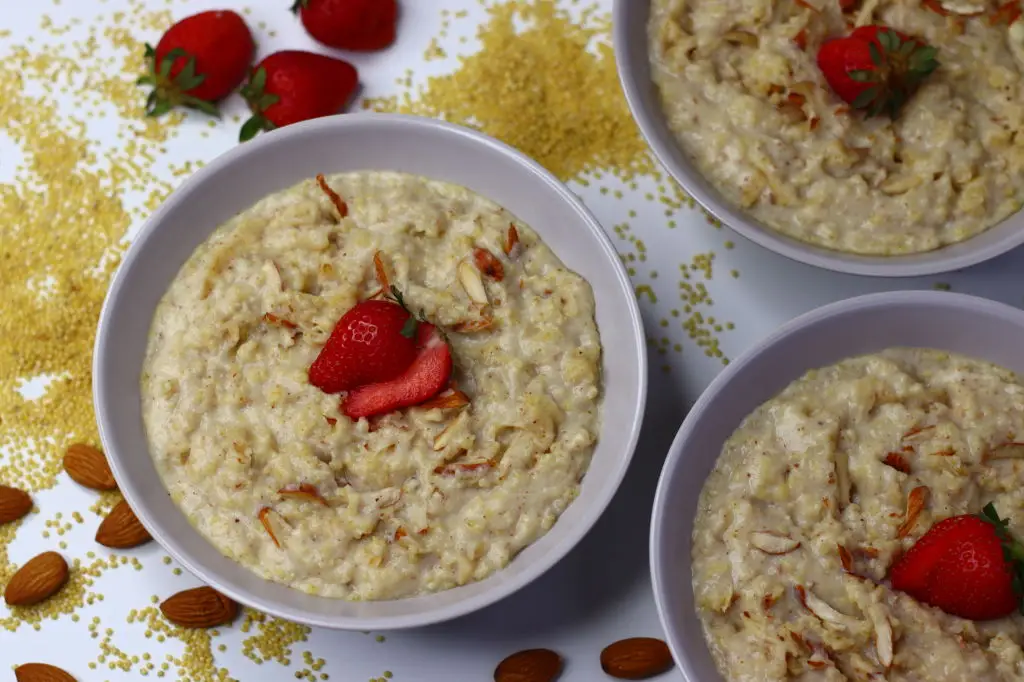
You hear all the praise: fiber fills you up, keeps your gut healthy, and supports steady energy. It’s tempting to hit your daily target in one go—maybe by switching from white bread to whole wheat or doubling your salad size overnight. But your digestive system needs time to adjust, just like any muscle starting a new workout. Fiber acts as a gentle broom, but when you suddenly go from little to lots, your gut bacteria are caught unprepared. Registered nutrition experts compare it to running a marathon as your first jog—both your gut and friendly bacteria need a gradual training plan. Early on, that means more fermentation in your gut, translating to gas and bloating nobody was expecting. Give your system patience: slowly increase fiber by a few grams every few days, rather than diving headfirst into a fiber-rich diet. Your comfort (and regularity) will thank you for a slow, steady ramp-up.
2. Not Drinking Enough Water

It’s the partnership nobody warns you about. Fiber and water are best friends—each needs the other to keep things moving. When you up your fiber without sipping extra fluids, the result is like mixing cement: things slow down, stools get harder, and gas backs up in places you’d rather it didn’t. Experts point out that many people think fiber alone should solve digestive woes, but forget hydration is non-negotiable. Water makes fiber “gel” and bulk up softly, helping it pass smoothly through the digestive tract. Without enough fluids, that good-for-you roughage lingers longer and makes everything less comfortable. A simple trick is to pair every fiber-rich meal or snack with a glass of water. Notice your thirst cues and keep a bottle handy as a subtle reminder. Give your gut—and those hard-working fibers—the moisture they need to do their job without all the drama.
3. Raw Veggies Overload
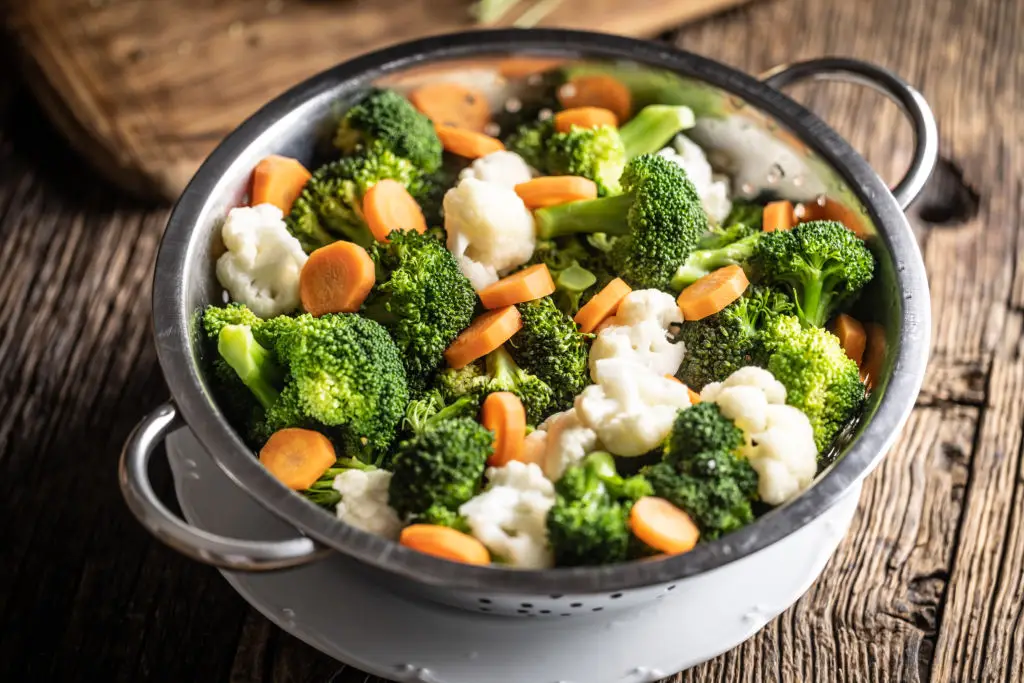
There’s nothing more inviting than a crisp, colorful salad or a plate of raw carrot sticks. But raw vegetables pack a lot of insoluble fiber—a type your body has to work harder to break down, especially in big servings. For many, large quantities of raw kale, broccoli, or carrots can lead to extended time in your gut, setting off gas and unmistakable bloat. It doesn’t mean you need to skip those greens. Instead, try lightly steaming, roasting, or sautéing your veggies. Cooking softens the fiber’s structure, making it little easier on your digestive system while keeping nutrients and flavor intact. If salads or crudités are new to you—or if you notice puffiness after eating them—start by splitting portions, mixing raw and cooked, or adding extra chewing time. Even your favorite superfoods deserve a gentle introduction.
4. Beans and Lentils: Gas Champions
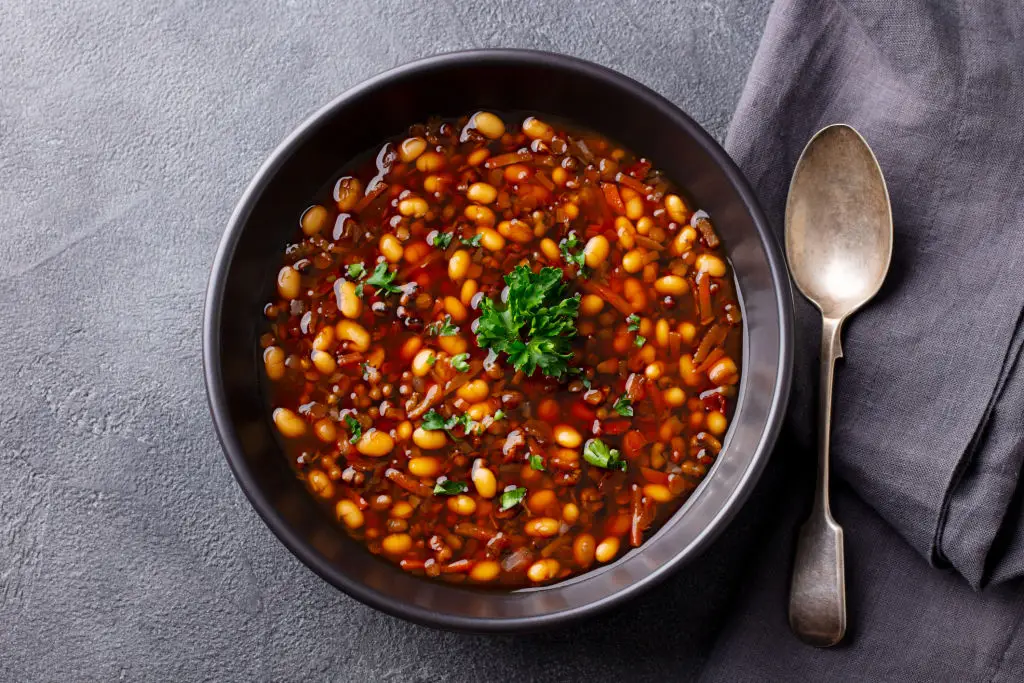
Beans, lentils, and other legumes steal the show for heart and gut health, but they also come with a notorious reputation for, well, loud side effects. The reason? Their fibers are paired with natural sugars called FODMAPs—favorite snacks of gut bacteria, who throw a gas-filled party during digestion. That means even health enthusiasts with the best intentions can end up feeling gassier than expected, especially if adding beans suddenly. No need to banish chili nights or lentil soups, though. Soaking dried beans, rinsing canned varieties, or focusing on smaller servings at first all keep things more manageable. With time, your gut microbiome adapts, and you can enjoy legume benefits minus the fanfare. Tip: try adding them alongside easily digestible grains or veggies for a balanced approach.
5. High-FODMAP Fruits
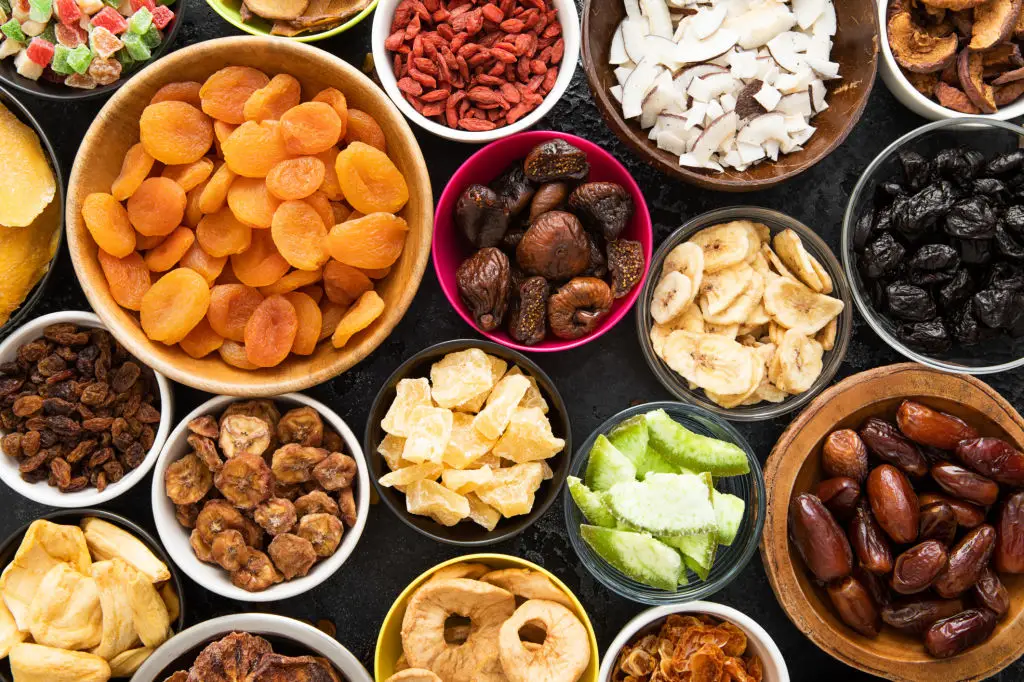
That shiny apple or ripe pear seems like the perfect snack—until your gut starts to grumble a few hours later. Fruits like apples, pears, stone fruits, and avocados are favorite sources of healthy fiber, but also pack FODMAPs—fermentable carbs that love to create gas when digested by your bacteria. Not everyone is sensitive, but for many, these healthy snacks lead to puffiness and a need to loosen the belt. If that sounds familiar, try swapping in citrus, berries, or firm bananas, which are typically gentler. Small portions also help: researchers suggest limiting avocado to an eighth at a time for less bloating. Start by paying attention to what works best for your body—sometimes all it takes is a small adjustment to bring comfort back to the fruit bowl.
6. Sneaky Fiber in Processed Foods

“High-fiber” isn’t always as wholesome as it sounds. Many cereals, snack bars, and “fortified” breads advertise big fiber numbers thanks to added isolates or processed fibers like chicory root, inulin, or polydextrose. These fibers can race through your digestive tract even quicker than whole sources, fermenting rapidly and sometimes resulting in more gas and discomfort. For anyone new to fiber or with a sensitive stomach, these ingredients may be a culprit behind silent bloating. An easy fix? Focus on natural fiber sources—whole fruits, vegetables, and grains you recognize. Read labels; if a fiber-packed snack leaves you uncomfortable, try switching to unprocessed alternatives. Your body might prefer nature’s version over the lab-made kind.
7. Sugar Alcohols and ‘Sugar-Free’ Traps
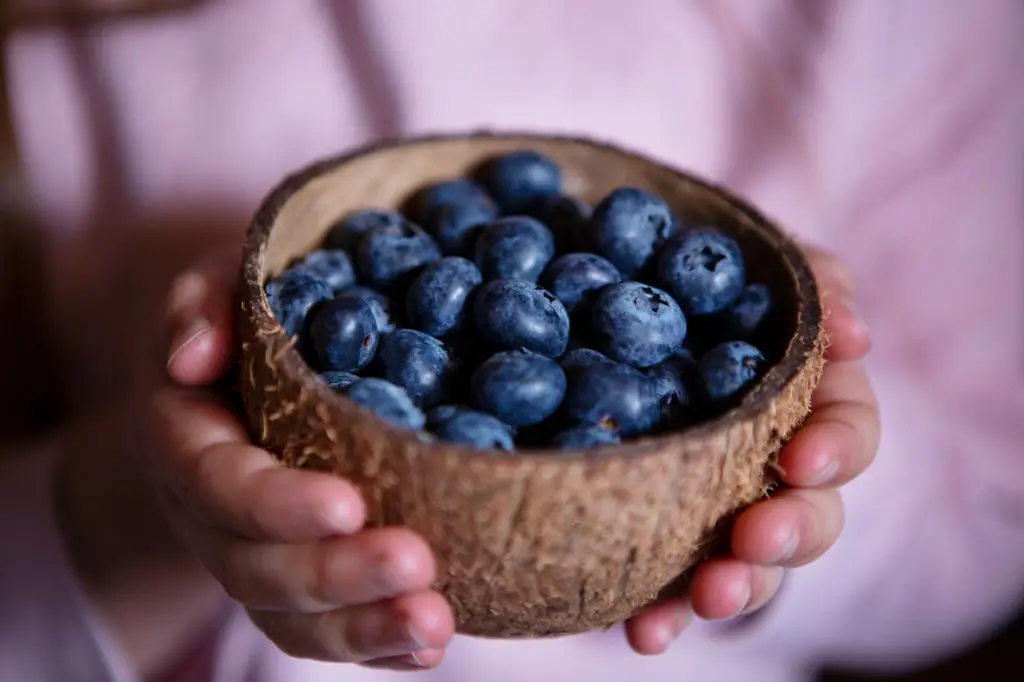
If you’re reaching for “sugar-free” treats in the snack aisle, chances are you’ve met sugar alcohols like sorbitol, xylitol, and erythritol. These sweeteners are popular additions to diet foods, protein bars, and even some high-fiber snacks, but they’re not well absorbed by the human gut. Instead, they travel to the colon where curious bacteria get to work, turning them into gas and, sometimes, loose stools. Sensitive individuals notice bloating after eating even small servings. The solution? Scan ingredient lists for sugar alcohols—these can appear under many names—and experiment with limits that feel comfortable for you. Choosing naturally sweet or lightly processed foods means you enjoy the taste and fiber without puzzling over the side effects.
8. Not Enough Movement After Meals

Believe it or not, a simple walk after lunch or a brief yoga stretch can be just as important as what you eat. Physical movement helps your digestive tract stay on schedule, encouraging gas and food to move comfortably along. Research shows that even 10-15 minutes of post-meal activity can make transit up to 16% faster, reducing the chance for gas bubbles to set up camp. Sitting still after a big meal, in contrast, can leave you sluggish and swollen. Try building gentle activity into your routine, especially after fiber-filled feasts—your gut will love you for it. Remember, you don’t need a marathon; consistent, low-impact motion is enough to invite comfort back.
9. Insufficient Gut Bacteria Adaptation
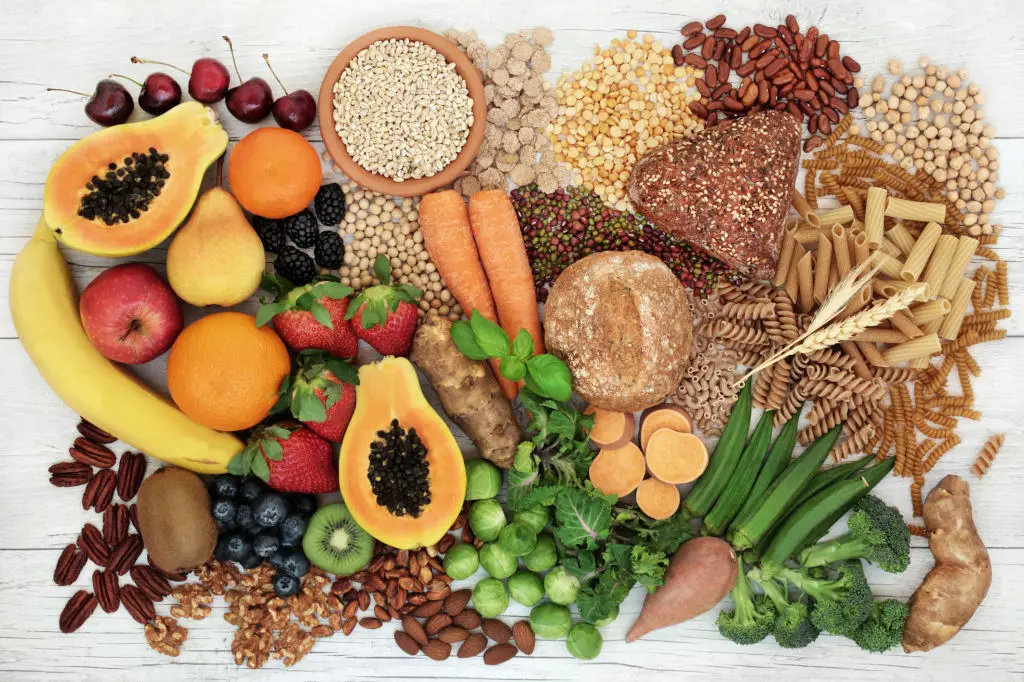
The gut is home to trillions of bacteria, each trained to digest certain fibers. When you change your diet, especially fast, the population needs time to adjust. Jumping into a totally new menu—say, adding oats, beans, and veggies at once—can temporarily overwhelm your microbiome, resulting in extra gas. There’s no magic shortcut, but there is good news: with steady exposure, your gut bugs get fitter, friendlier, and more efficient at breaking fiber down. Give yourself a “fiber test run” by adding one new high-fiber food every few days, monitoring how you feel, and gradually building your personal best list. Fermented foods like yogurt or sauerkraut may support this transition. Patience pays off in both comfort and long-term wellness.
10. Mixing Too Many Fiber Types at Once
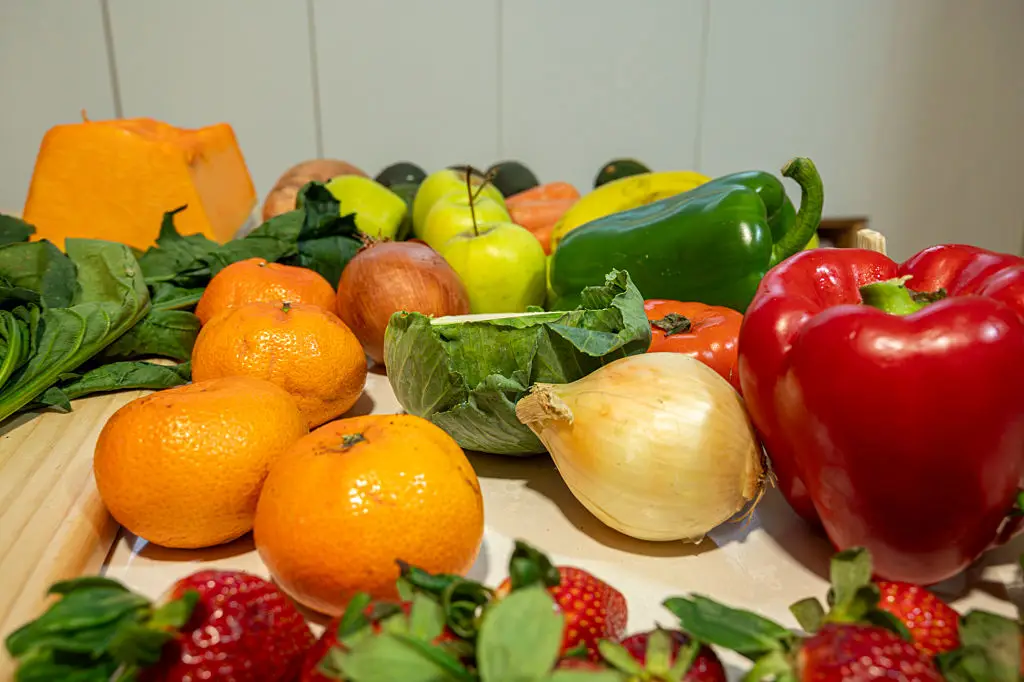
The more, the merrier—right? Not always, especially in the world of fiber. Combining a large salad with beans, grains, and fruit in a single meal can swamp the gut’s processing power, even for seasoned fiber fans. Each type of fiber—soluble, insoluble, resistant starch—ferments at its own pace, so a mega-mix can lead to unpredictable digestive reactions. Variety is still important, but consider spreading out your high-fiber choices. Try a grain bowl at lunch and veggie soup at dinner, rather than cramming everything into one sitting. Listen to your body’s feedback and adjust as needed. Over time, your gut’s “fiber muscles” get stronger, making variety easier to handle.
11. Overlooking Food Pairings and Timing

It’s not just what you eat, but when and how you put it together. Packing all your fiber-rich foods into one giant meal—or eating a fiber bomb on an empty stomach—can surprise your system in difficult ways. Better strategies include pairing fibrous picks with proteins and healthy fats, which slow digestion and smooth out swings in gas or discomfort. Just as important: pace yourself throughout the day, giving your body manageable doses instead of sudden overloads. Even tried-and-true health gurus benefit from a routine that spaces out salads, grains, and fruits. Little tweaks in timing can make all the difference for sustainable comfort and continued digestive success.
Gentle Changes, Lasting Comfort

Digestive discomfort doesn’t mean you’re doing healthy living wrong—it’s simply your body’s way of adjusting to positive change. Nearly everyone who adds fiber, even for the best intentions, faces some degree of silent bloating along the road. The good news is that each small tweak—whether it’s sipping more water, taking a post-meal walk, or giving your gut a bit more time—helps build a more resilient, comfortable foundation for wellness. Bloating is usually a signal that your microbiome is learning and adapting, not a cause for shame or worry. By tuning in to your own body, swapping foods thoughtfully, and embracing compassionate, individualized solutions, you can enjoy the benefits of fiber without the guesswork. Keep nourishing yourself with patience, humor, and regular check-ins. The harmony between good habits and good feelings is absolutely within reach—one gentle adjustment at a time.
